Motorists: Waivers, Extensions, and Exemptions
Home > Motorists > Waivers, Extensions, and Exemptions > Non-Conforming Status
Non-Conforming Status
The Georgia Enhanced Inspection and Maintenance (I/M) Program provides non-conforming status for gray market vehicles, kit cars and hot rods. In some cases, the rules provide alternatives for testing these vehicles.
What is Non-Conforming Status?
Vehicles that meet the Non-Conforming Status requirements are tested using the following standards:
Non-conforming vehicles receive targeted tests at the discretion of the Georgia Environmental Protection Division (EPD). These vehicles may receive a TSI or OBD test, depending on the design/and or model year of the vehicle.
Hot rod vehicles must be equipped with a catalytic converter (or converters on vehicles with dual exhausts), unless neither the original vehicle nor replacement engine was equipped with one.
Such vehicles will be subject to these special standards for future inspections. Vehicles that were tested under the regular procedures and standards at their first inspection or that are newly registered in the 13 covered counties after December 31, 1998, are not eligible for the Non-Conforming Status.
In addition, in some instances, GCAF will process a Non-Conforming Status Application for a vehicle if the owner is unable to secure the necessary part(s) to repair the vehicle because the part is no longer manufactured for purchase and cannot be located.
There are few exceptions to the general rules of the Non-Conforming Status. The following explains these vehicles and possible related exceptions that may apply to them.
Gray Market Vehicles
A gray market vehicle is a vehicle that was manufactured for the intended sale outside the U.S., was not certified to meet U.S. emissions standards, and was imported into the U.S. under a U.S. Environmental Protection Agency (EPA) import waiver of the emissions requirements.
Up until 1988, the U.S. EPA allowed motorists to import these gray market vehicles that were purchased overseas into the U.S, provided the vehicle was five (5) or more years old at the time. The U.S. EPA provided an extension of that date up to 1990 for active military personnel only. This means the 1985 model year was the last possible model year to be imported into the U.S. as a gray market vehicle.
Non-Conforming Status may still be approved for existing gray market vehicles brought into one of the 13 covered counties after December 31, 1998.
For questions regarding the importation of a vehicle or the process of inspections after importation, please see NHTSA Vehicle Importation Regulations.
Kit Cars
A kit car is a motor vehicle assembled from a manufacturer's kit. The kit body is placed on a frame that may be purchased with the kit, purchased separately or homemade. The engine and transmission are usually purchased separately or may be from the same vehicle as the frame.
A kit car does not utilize a chassis from an engine/chassis combination certified to meet emissions control standards or where the original manufacturer's identification has been eliminated due to the replacement of the vehicle's body with one of a different make and/or style.
Kit cars that did not receive Non-Conforming Status by December 31, 1998, or those registered in one of the 13 covered counties after December 31, 1998, must have all the required emissions control systems for the model year shown on the registration card.
Visit the Environmental Protection Agency's (EPA) website for additional information on kit cars.
Hot Rods
A hot rod is a vehicle in which the original engine has been replaced with a different type engine from the same or another manufacturer, or the installed engine was never an option in that vehicle from the original auto manufacturer. After December 31, 1998, hot rods can no longer receive Non-Conforming Status. Engine changes or modifications performed after December 31, 1998, must adhere to the EPA's policy on engine switching, which can be found online.
Vehicles with Obsolete Parts
A vehicle is considered to be a "vehicle with obsolete parts" if the part(s) to repair the vehicle are no longer manufactured and cannot be located. In addition to dealerships, motorists should also check local parts shops, salvage yards and websites that sell auto parts. If the part(s) is located by GCAF or via another channel, the request for Non-Conforming Status will be denied.
To request Non-Conforming Status, complete the Non-Conforming Status Application. All requests will be reviewed on a case-by-case basis.
